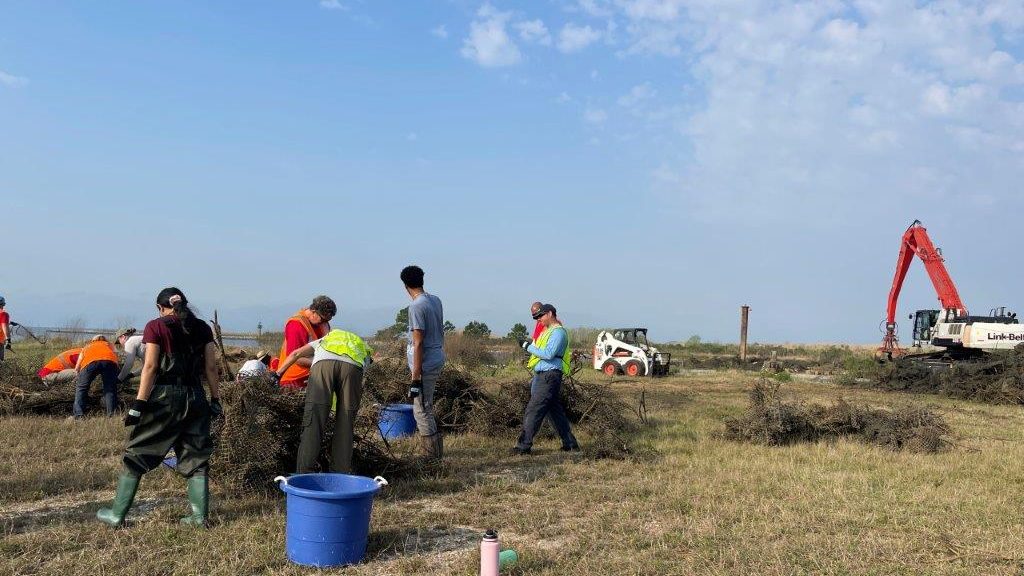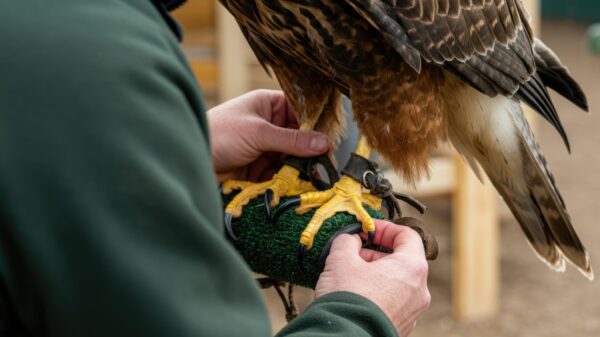The Alabama Cooperative Extension System, a partnership between Alabama A&M, Auburn, and Tuskegee universities, is restoring an oyster population to historical reefs at Dauphin Island.
The reefs of Little Dauphin Bay have shrunk in recent years, as Dauphin Island and most of the Alabama coast have faced erosion due to physical damage from hurricanes, drought, fishing, and the 2010 Deepwater Horizon oil spill as well as other pollution. Alabama’s coast once brought over two million pounds of oysters annually — peaking in the 1950’s — but the last oyster season landed 44,409 sacks, less than half the 1950 number.
Researchers led by the Auburn University Shellfish Laboratory (AUSL) use aquaculture-based techniques to grow oysters in small clusters then bring them to reefs at Little Dauphin Bay. Since oysters are “filter feeders,” they impact water quality by feeding on algae and bacteria, thus improving reef health.
“Oysters are filter feeders so they are able to filter algae from the seawater, allowing sunlight to penetrate deeper into the bay,” Auburn professor and Extension specialist Andrea Tarnecki, said. “In addition, oyster reefs provided extremely important habitat which supports recreational and commercial fisheries.”
Alabama Power and other deep-pocket partners sponsor the restoration project. In March, Alabama Power sent volunteers to salvage and repurpose an artificial oyster reef — made of oyster shells, geogrid material and rebar — designed to reduce erosion in Mobile Bay. The Nature Conservancy of Alabama led that project.
“I feel very blessed to be able to work with so many students and young individuals new to aquaculture,” Tarnecki said. “There is something special about bringing someone into the lab for the first time and showing them the organisms, how they act and their life cycle. You can just see it spark interest in those students’ eyes.”
The National Fish and Wildlife Foundation is also undergoing a project, designed and administered by the U.S. Army Corps of Engineers Mobile District, to restore Dauphin Island; however, the project still appears to be in assessment and research phases.























































